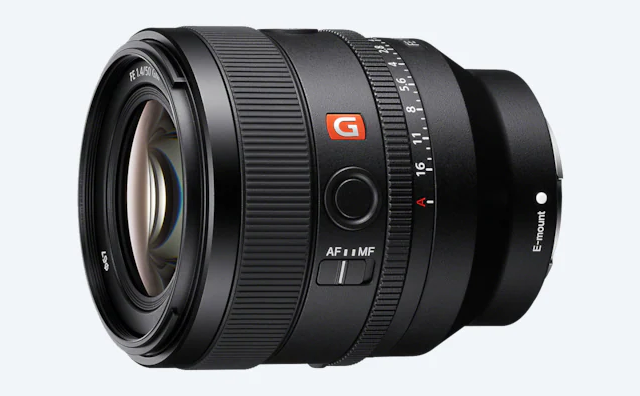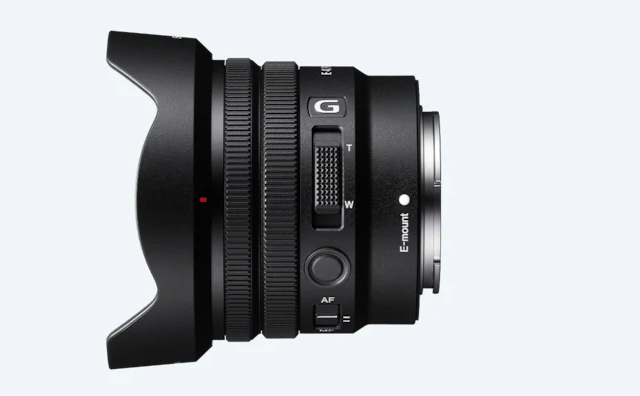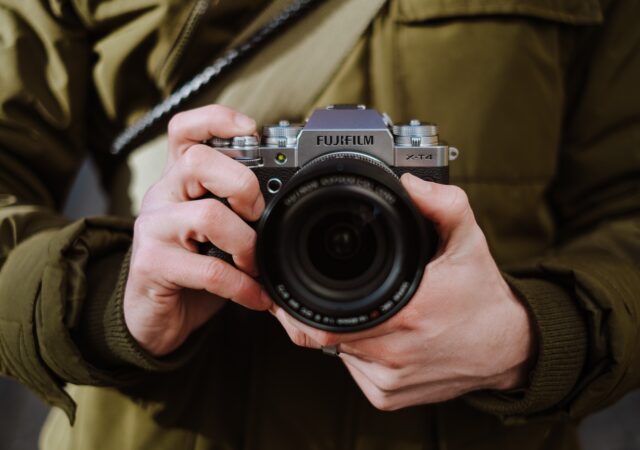Hold on to your cameras, photographers! Canon Malaysia has just announced the launch of its brand-new E-Store and is giving away special offers of up to 43% off until 25 August 2023. The launch of the E-Store means you can…
Sony Launches the new Ultimate Portrait Lens You Want – the FE 50mm F1.4 GM Lens is Here
Sony launches their latest addition to the G Master lens family, the FE 50mm F1.4 G Master (SEL5014GM) standard prime lens
Sony Announces New Lenses for Their APS-C Mirrorless Cameras
Sony announces three new E-mount wide-angle lenses specifically for the APS-C format sensor perfect for landscape photography and vlogging.
Sony Introduces the Most Compact and Lightest F2.8 Standard Zoom Lens, The Sony FE 24-70mm F2.8 G Master II (SEL2470GM2) is Here
Sony releases their latest FE 24-70mm F2.8 G Master II lens. It is the most compact lens of its kind you can find in the market thus far.
FUJIFILM X-T4 Launches With Stability Control
FUJIFILM’s cameras have been quite iconic and has been a go to for plenty of hobbyist and professionals alike. Their mirrorless APS-C flagships like the X-T2 and X-T3 proved to be some of the most popular platforms among photographers. There…







